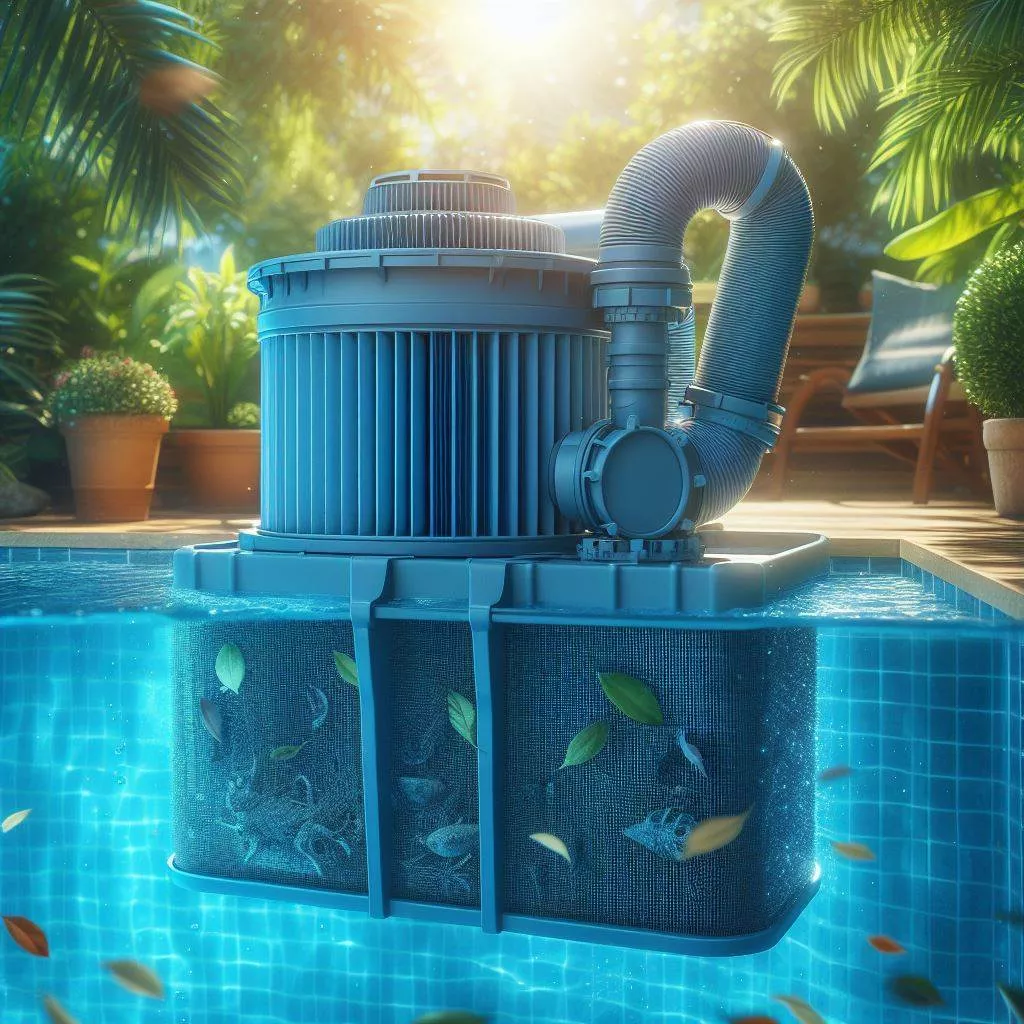In the realm of pool maintenance, the efficiency of filtration systems is paramount to ensuring clean and inviting swimming environments. Among the myriad options available, sand filters stand as stalwart guardians of water quality, employing a blend of science and mechanics to trap impurities and maintain clarity. In this discourse, we delve into the intricate nuances of pool sand filter operation, exploring the optimal frequency of filtration for maintaining pristine pool water.

Understanding the Filtration Process
At the heart of every pool sand filter lies a bed of finely graded sand, acting as a natural barrier against debris and contaminants. As water circulates through the filter, suspended particles are trapped within the sand bed, allowing only clean water to return to the pool. Understanding the fundamentals of this filtration process is essential for determining the frequency at which filtration should occur.
The Role of Flow Rate
Flow rate plays a pivotal role in the efficacy of pool sand filters, dictating the speed at which water passes through the filtration medium. Higher flow rates facilitate faster filtration but may compromise thorough particle capture, leading to diminished water quality. Conversely, lower flow rates ensure more comprehensive filtration but may result in reduced turnover rates and inadequate circulation. Striking the right balance is crucial for optimizing filtration frequency.
Assessing Pool Usage and Environmental Factors
The frequency of pool sand filter operation is influenced by a myriad of factors, including pool usage patterns and environmental conditions. High bather loads, inclement weather, and surrounding foliage can all contribute to increased debris accumulation and necessitate more frequent filtration. Conversely, pools with lower usage and minimal environmental exposure may require less frequent filtration to maintain water clarity.
Monitoring Water Quality Parameters
Effective pool maintenance hinges on vigilant monitoring of water quality parameters, including pH, chlorine levels, and clarity. Cloudy water, elevated levels of debris, and fluctuating chemical concentrations are indicators of inadequate filtration and may necessitate adjustments to filtration frequency. Regular testing and analysis empower pool owners to fine-tune filtration schedules based on real-time conditions.
Seasonal Considerations
Seasonal variations exert a significant impact on pool water quality and filtration requirements. During the peak swimming season, when temperatures soar and bather loads increase, more frequent filtration may be necessary to combat heightened organic contamination. In contrast, off-peak periods characterized by cooler temperatures and reduced activity may warrant less frequent filtration to conserve energy and prolong filter lifespan.
Strainer Basket Maintenance
In addition to sand filtration, many pool systems are equipped with strainer baskets or skimmer baskets designed to capture larger debris before it reaches the filter. Regular maintenance of these baskets is essential for optimizing filtration efficiency and reducing strain on the sand filter. Removing debris and cleaning baskets as needed can help prevent clogs and extend the intervals between sand filter cleanings.
The Importance of Backwashing
Backwashing is a critical maintenance procedure that rejuvenates the sand bed and restores filtration efficiency. By reversing the flow of water through the filter, accumulated debris and trapped particles are flushed out, refreshing the sand and enhancing its filtration capacity. Incorporating regular backwashing into the maintenance routine is essential for maximizing the longevity and effectiveness of pool sand filters.
Conclusion
In the intricate dance of pool maintenance, the frequency of sand filter operation serves as a linchpin for water quality and clarity. By understanding the nuances of filtration dynamics, assessing pool usage patterns and environmental factors, monitoring water quality parameters, and embracing proactive maintenance practices, pool owners can optimize filtration frequency to ensure sparkling clean water year-round. With diligence and insight, the journey to pristine pool perfection is well within reach.
